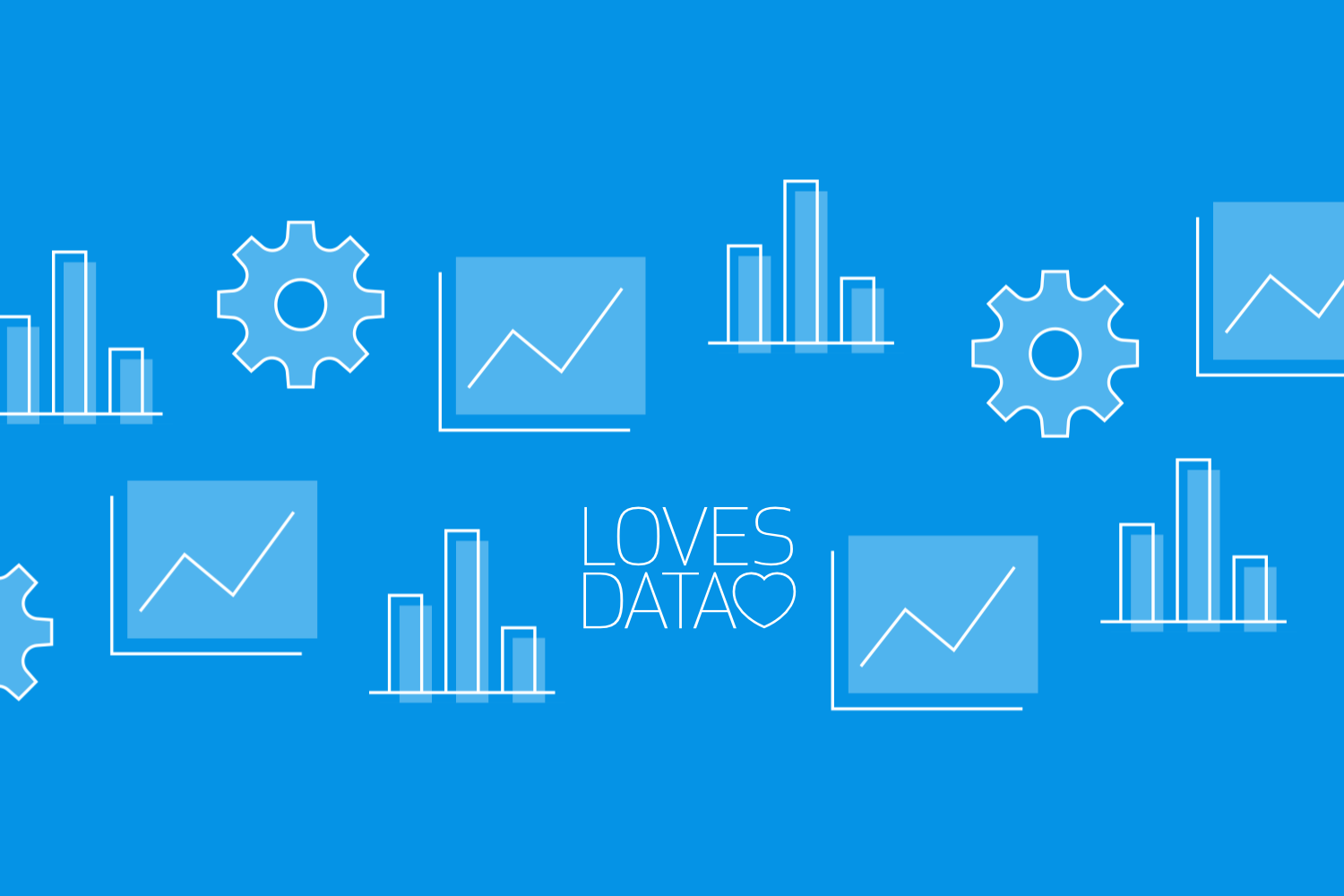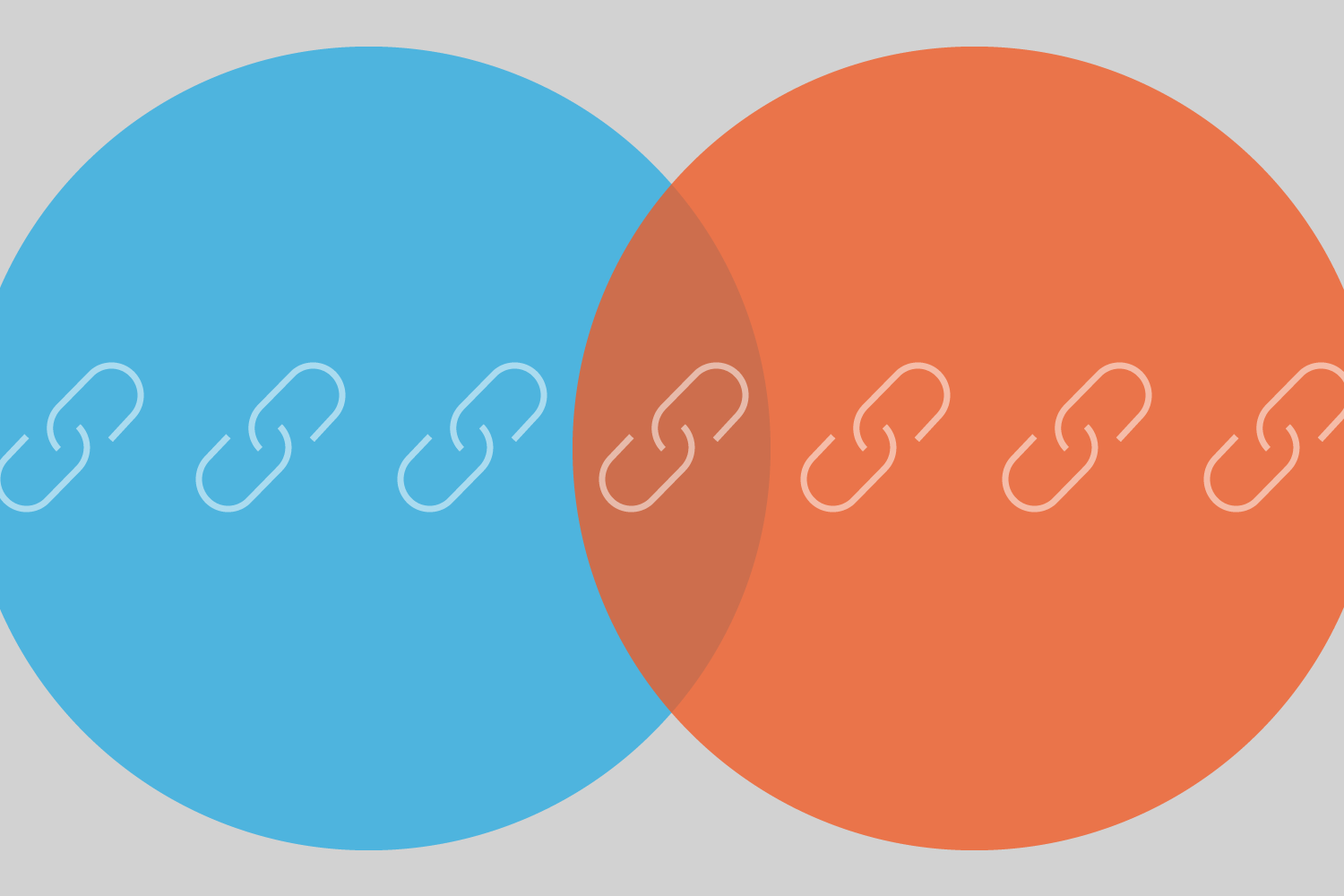Crafting Smart Segmentation in Google Ads for Maximum Reach
Loves Data
Navigating the complexity of Google Ads can sometimes feel daunting, especially when your aim is to connect with the right audience segment effectively. Effective audience segmentation plays a pivotal role in maximizing the outreach and impact of your digital campaigns.
Whether you're a small business owner, a marketing executive, or a campaign manager, mastering audience segmentation in Google Ads is a crucial skill that can drive higher engagement rates and better ROI from your advertising spend. Understanding audience segmentation starts with recognizing that each visitor to your website or user interacting with your brand has different needs, behaviors, and pain points.
This post will equip you with the knowledge and tools necessary to confidently set up, optimize, and refine audience segments to better reach and engage your target users.

Understanding the Basics of Audience Segmentation in Google Ads
The core concept of audience segmentation is the foundational step toward targeted marketing campaigns in Google Ads. Distinctly categorizing your audience based on specific traits such as demographics, interests, or behaviors allows you to tailor your advertising messages accordingly, significantly enhancing engagement and conversion rates.
Audience segmentation helps deliver the right content to the right people and ensures optimal allocation of your budget, focusing resources on segments that demonstrate high conversion potential and engagement.
Google Ads provides tools like audience insights, which help further dissect the audience attributes, such as which websites they frequently visit, their device usage patterns, and even their shopping behaviors. These insights are invaluable as they allow you to create highly sophisticated and responsive marketing strategies that align closely with user expectations and preferences. By understanding these fundamentals, you are better equipped to make informed decisions on how to approach your audience segments effectively.
Identifying Your Target Audience: Techniques and Tools
Identifying your target audience accurately is pivotal in leveraging Google Ads to its fullest potential. Various techniques and tools aid in pinpointing who your most valuable customers are. The first step is to analyze your existing customer base to identify common characteristics and behaviors. Tools such as Google Analytics play a vital role here, providing detailed data about your website visitors’ demographics, geography, and online behaviors.
Additionally, leveraging Google Ads' built-in market research tools can offer insights into broader market trends and customer preferences relevant to your products or services. These tools allow you to perform competitive analysis and understand market segments that may have been overlooked.
Engaging directly with your customers through surveys or feedback forms is also recommended. This direct interaction helps in refining your customer avatar and builds stronger relationships by involving them in the development of your business offerings. With precise knowledge about your audience, setting up effective campaigns becomes more straightforward and aligned with your business goals.
Setting Up Segmentation in Google Ads: A Step-by-Step Guide
Setting up audience segmentation in Google Ads can dramatically sharpen your campaign's effectiveness. A structured approach ensures you implement this crucial strategy efficiently.
First, access your Google Ads account and navigate to the 'Audiences' section where you can begin creating your segments. Start by defining your audience categories based on the insights gathered from your analytics tools. Typical segments might include new visitors, repeat customers, or users who have abandoned carts.
Next, create corresponding audience lists in Google Ads. You can do this by importing data from Google Analytics or by setting up rules based on user behavior, such as pages visited or time spent on site. After your lists are created, tailor your ad content to resonate with each specific group.
For instance, you might offer special promotions to repeat customers, while new visitors receive introductory information about your brand. These focused strategies ensure that each segment receives a personalized ad experience, increasing the likelihood of engagement and conversion.
Optimizing and Refining Audience Segments for Better Reach
Once your audience segments are operational, the next step involves regular monitoring and optimization to refine their performance. Analyzing the performance data of your segments will allow you to make informed decisions about where to allocate your budget and which segments might need a redesign in terms of strategy. Conduct experiments by modifying one variable at a time in your segment-targeted campaigns to see which adjustments produce the best results.
Continually expanding your segmentation criteria based on new data and emerging trends is crucial. As your business evolves, so do your audience's characteristics and preferences. Regular updates to your segmentation logic will help you stay relevant and maintain engagement across your customer base. Integrating advanced tools like machine learning can provide predictive insights into customer behavior, facilitating even finer segmentation and targeting strategies.
Reach the Right Audience, Every Time: Mastering Smart Segmentation for Google Ads
Mastering audience segmentation in Google Ads is indispensable for any marketer aiming to boost campaign precision and results. Leveraging these strategies effectively ensures your advertising efforts are as successful as possible. From understanding the basics of segmentation to applying advanced optimization techniques, each step you take is an investment in the future success of your marketing efforts.
Ready to take your digital marketing skills to the next level? Explore comprehensive online Google Ads courses. Whether you're looking to enhance your expertise in Google Ads, Google Analytics, or any other digital marketing tool, there are resources to help you succeed. Start transforming data into actionable insights today.




Comments